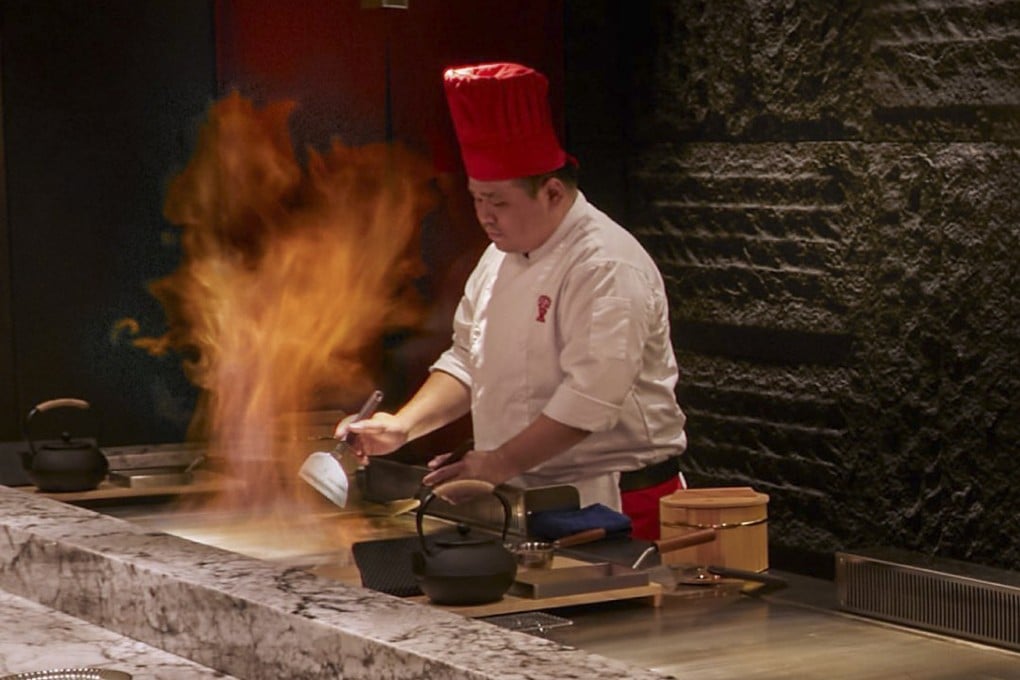How teppanyaki became more about food than theatre, and the restaurants in Asia cooking for a new generation – even Benihana has toned things down
- Teppanyaki, a form of cooking that’s traditionally been about over-the-top food theatre, has evolved, with chefs now focusing on technique and ingredients
- We look at restaurants in Asia typifying the shift towards subtlety, including, surprisingly, a new Benihana, the chain that popularised teppanyaki in the US

In Singapore’s vibrant dining scene, one of its newest entrants might also be its oldest – classic American teppanyaki chain Benihana has just opened a restaurant in the Lion City.
Created by Japanese-American restaurateur Rocky Aoki in New York in 1964, the chain played a key role in popularising teppanyaki, in part thanks to the fancy knife theatrics involved in slicing and dicing ingredients, and the showy pyrotechnics while cooking and grilling on a hot iron griddle.
The roots of this technique can be traced back to Japan’s post-war era, when it emerged as a creative way to prepare ingredients such as seafood, meat and vegetables.
The term itself is a combination of teppan, or iron plate, and yaki, which means grilling or cooking.

The approach gave chefs the opportunity to showcase their dexterity while interacting with customers.
